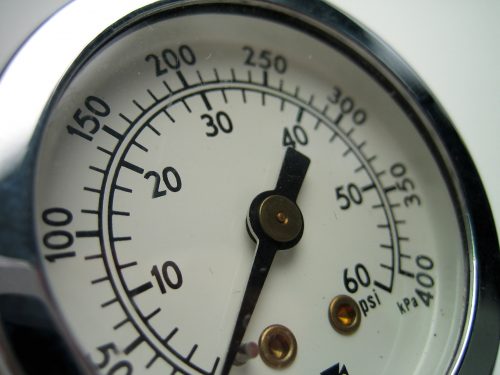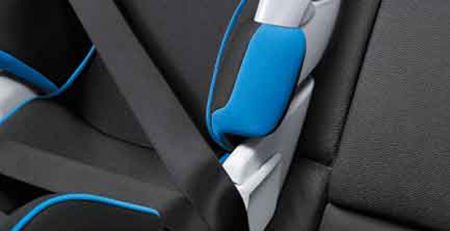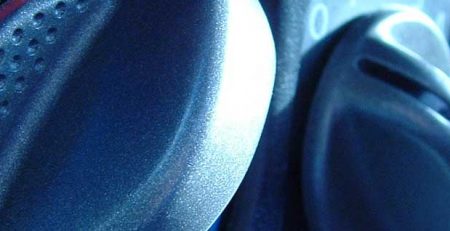The laws on child car seats are undergoing a change later this year and drivers are being warned to take notice ahead of it read more
How to check your tyre pressure guide
If you have your vehicle handbook on hand you can find the correct tyre pressure details within it, if not, most new cars have a sticker that displays the information located on the car body or inside the petrol cap.
Make sure to have a tyre pressure gauge ready and then follow these simple steps:
1. Park your vehicle on a flat surface off the road as you will need to move around the vehicle to check the tyre pressure.
2. Allow for your vehicle to cool down before checking the tyre pressure. A warm vehicle will give an inaccurate reading and could lead to more problems.
3. Now you should unscrew the valve cap. This stops debris from blocking the valve and is only small so make sure to keep it in a safe place.
4. Insert the gauge firmly onto the valve. The gauge's needle should begin to move, and will eventually stop on the reading for your correct tyre pressure.
What to do if your tyre pressure is too low?
Add air to the tyres by using a foot or electric pump and checking the gauge's measurement.
What to do if your tyre pressure is too high?
Deflate the tyres by opening the valve. Slightly press down on the valve to release small amounts of air at a time. When the pressure has reduced to the correct level you should fit the valve caps back on.





